Kuhlman Cellars Blog
Texas Terroir, a brief synopsis
There are so many factors involved in producing a quality bottle of wine, as things all begin in the vineyard and make their way to the cellar. Most of us can certainly agree, weather and soil play a very important role in winemaking. What better place to discuss soil types than in the Lone Star State. Texas itself sits on a rock shelf and depending on where you live in our wonderfully enormous state, you either have a little or a whole lot of rocks in your backyard. There is a reason most central Texans construct raised gardens, it is because you can literally bend a pick axe trying to dig into the limestone and caliche. Who wants to rent a Bobcat just to plant tomatoes?
Let’s talk a little about the two largest AVA’s in Texas, and how different the soils can really be. Understand this story is not a definitive- end all lecture about the structure of Texas dirt, merely a brief explanation of some of the key differences between the soil of Central Texas, vs that of the Texas High Plains. With such a large wine style dynamic between fruit from the Hill Country vs the High Plains, there has to be something unique regarding each region right? The answer is yes, both in climate and dirt, this thing we call terroir. What is terroir exactly? Simply put, it is the all-encompassing word for wind, rain, temperature, soil, elevation, etc, of a given region. Here are some interesting facts on the two prominent regions we are discussing.
Texas Hill Country AVA:
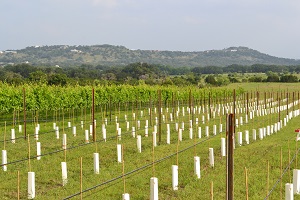
Impressively the second largest AVA in the United States, it covers 9,000,000 acres (14,063 square miles) and contains 2 sub regions; Bell Mountain AVA and Fredericksburg AVA. Elevation can range from roughly 1,000 ft MSL to over 2,500 ft MSL. The weather in central Texas is typically hot during the growing season. Hill Country daily high temperatures average in the in the mid 90’s, while the nights drop into the low 70’s. The soils vary in this region, but limestone and caliche reign. For example, the Kuhlman Cellars Estate Vineyard sits on a bedrock of Caliche with a clay topsoil. There are spots in the vineyard where the clay is only a few inches deep, you can ask our vineyard team. I cannot tell you how many vines we placed directly on white chalky rock when we planted the estate vineyard in April, 2015. It is basically “set the roots on rock, replace the soil, and wish it good luck”. Struggle little fella, struggle! The rocky terroir of central Texas is typically well draining, though the clay can cause all sorts of issues since it retains moisture. The caliche provides good mineral component to the wines made from these vineyards.
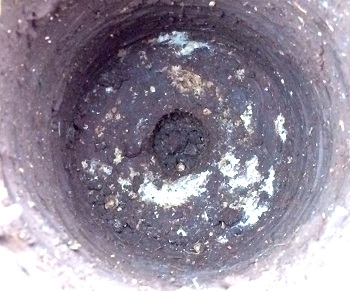
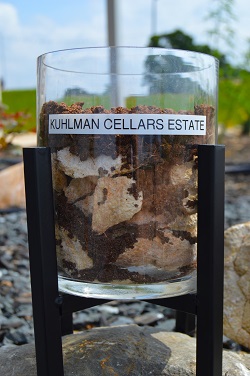
Texas High Plains AVA:
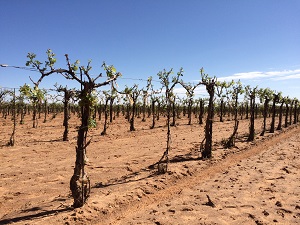
This is the second largest AVA in Texas and it also contains the most vines. It’s estimated, west Texas grows 90% of the fruit grown in the state, especially in the Brownfield/ Lubbock area. The Texas High Plains is far different from the Hill Country in a few ways, the elevation is significantly higher allowing for more of that much needed diurnal shift. Elevation in this region ranges from around 2,500 ft MSL to over 3,700 ft MSL. The soil is mainly composed of red dirt/sand with loam as well. There is quite a bit of rock in Lubbock, but it is typically buried under several feet of the famous red dirt. Sand is very well draining soil. Humidity levels here are typically very low, making the region ideal for grape growing, by reducing the incidence of fungus and molds.
In terms of temperature, the high plains tends to be slightly cooler during the days and the nights cool off into the mid to upper 60’s, providing a larger diurnal shift which helps the grapes rest and recover overnight.
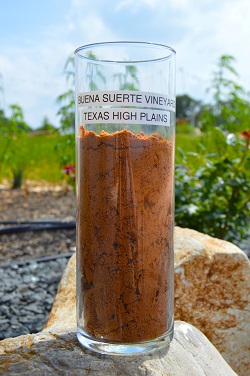
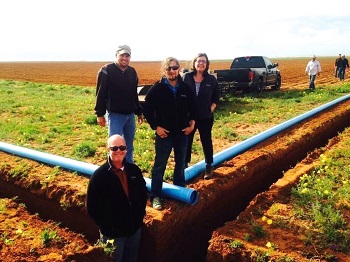
All in all Texas is a diverse place to grow grapes and to make fine wines. I hope this brief synopsis helps you to understand a bit more about our local industry and what makes our two biggest AVA’s so unique, fun and interesting.
The Speed of Wine Tasting
The other day, someone asked me how long it takes for a vineyard to produce wine.
For us, it took two years to find our family vineyard with all the appropriate physical and siting characteristics. We planted four years ago, and just this past year we took a small fruit harvest. We were so pleased last year in August 2014 to harvest that inaugural fruit! The wine currently sits in French oak barrels resting and aging. Our best guess today is the wine might be available in another 18 months. Perhaps late fall of 2016. Indeed, 7 years to produce wine!
The bottom line: there is nothing fast in growing wine! 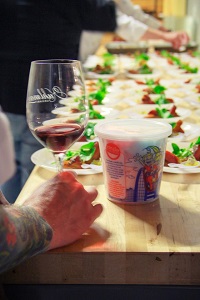
So, why do we often find ourselves in such a hurry to be tasting wine? As we rush along from place to place, person to person, task to task, and appointment to appointment, what is the rush to get through a wine tasting and race off to something else?
For us, the best wines were always the ones we've shared with friends and family, often around the dining table with food. These are the times when we relax and slow down--savoring life and the rich experiences making everything worthwhile. In our tasting room, we often talk about the Four F’s: Food, Family, Friends and the Fellowship which naturally occurs when the first three are found together.
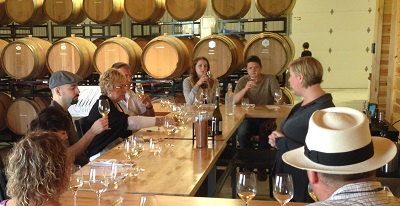
This is why our tastings are relaxed, seated experiences complete with food pairings and conversations. As Jeremy often says, “sip, savor and enjoy!” This, to us, is Vina Vita - The Wine Life!
Give us a call, come on out and visit us. Step off US290 and slow down during one of our easy paced, nearly hour long tasting experiences and enjoy our wine flight with unique chef designed food pairing bites. It's a great opportunity to taste wine at the speed of growing... enjoy!